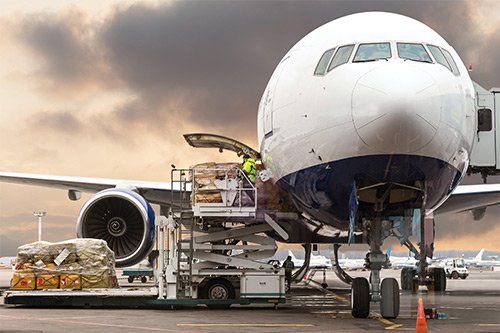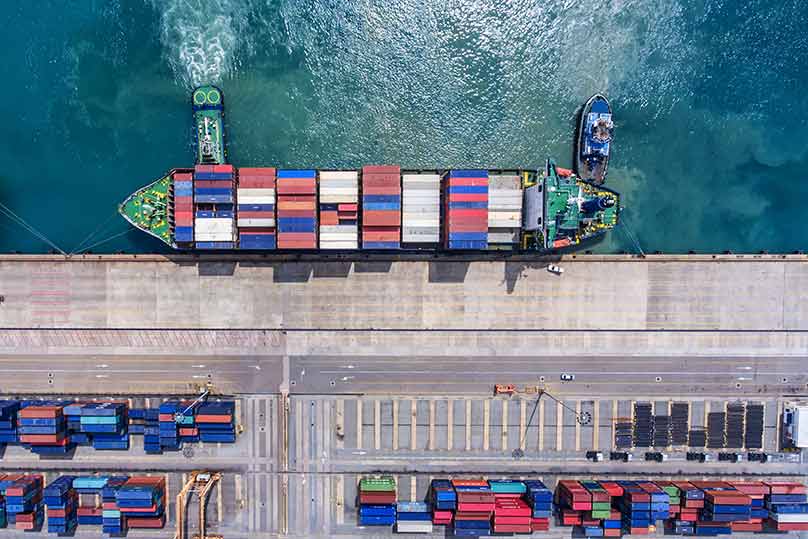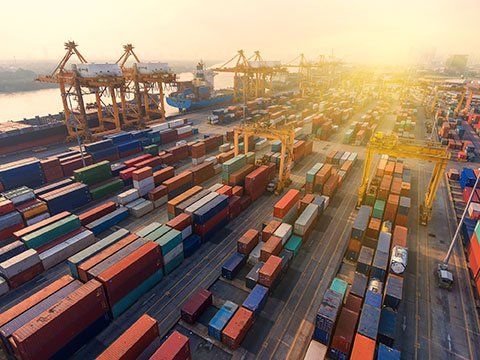Cutting Through the Red Tape ... Your Complete Customs Broker
Request a Free Estimate!
Blog Post
How Much Does International Shipping Cost?
- By Admin
- •
- 31 Jul, 2018
- •

For small businesses, every penny counts when shipping products to international clients. Freight is a constantly changing industry. Therefore, understanding the factors that affect sea freight rates can help you determine the final cost of your products so you can protect your profit margins. Here is a rundown of the various factors that affect the cost of exporting your products overseas.
Supply and Demand
The time of the year has a significant impact on shipping rates. The two main peak seasons for international shipping are from mid-August to mid-October and between January and February when demand for foreign goods is high in China.
During the peak seasons, demand for ocean freight is high, which lowers the availability of marine carriers and results in high ocean freight rates. If you need to send a shipment during peak season, make sure you plan carefully to make sure you get the transportation you need for a reasonable price.
During the peak seasons, demand for ocean freight is high, which lowers the availability of marine carriers and results in high ocean freight rates. If you need to send a shipment during peak season, make sure you plan carefully to make sure you get the transportation you need for a reasonable price.
Exchange Rates
To standardize transactions, global trade primarily utilizes the United States dollar. Fluctuations in the US dollar against other currencies and vice versa will affect the cost of exporting your products and may have direct implications for your profits.
For example, when the U.S. dollar is weaker than the currency of the country to which you are shipping, then any international fees you will need to pay may be lower. However, if the U.S. is stronger, then you may have to pay more.
For example, when the U.S. dollar is weaker than the currency of the country to which you are shipping, then any international fees you will need to pay may be lower. However, if the U.S. is stronger, then you may have to pay more.
Cargo Size
When shipping overseas, you may opt for less than container load (LCL) or full container load (FCL) shipping. Each of these shipping methods has its own cost implications.
LCL Shipping
With LCL shipping, exporters share a container. This option is ideal for shipments that are less than 15 cubic meters. When using the LCL method, the carrier calculates the cost of shipping based on the amount of space the product occupies measured in cubic meters. Prices increase with increases in the volume of the cargo.
FCL Shipping
FCL shipping is best for goods lager than 15 cubic meters - such cargo - that can fill up the entire container on its own. The cost of cargo hauled via FCL will vary depending on factors such as supply and demand, currency fluctuations, and the conditions of the chosen trade route among other factors.
Oil Prices
The cost of fueling a ship is among the biggest expenses for shipping companies. As such, any changes in regional and global oil prices will affect the overhead costs and consequently the shipping rates. All other factors being equal, the cost of shipping commodities is lower when oil prices are low and higher when bunker fuel prices increase.
Lower oil prices also mean that more ships are operating instead of remaining dormant. Greater availability of cargo ships minimizes bottlenecks that may otherwise cause shipping companies to increase prices.
Lower oil prices also mean that more ships are operating instead of remaining dormant. Greater availability of cargo ships minimizes bottlenecks that may otherwise cause shipping companies to increase prices.
Transit Routes
The distance from your homeport to the port where you are shipping the cargo can considerably add to your cost of shipping.
If not chosen properly, the route can result in an unnecessarily long transit, high inventory carrying expenses, and longer lead times - all of which could upset your customers and adversely affect your bottom line. The selection of appropriate transit routes can be a complex undertaking, but an experienced freight forwarder can help you make the right decision based on your business needs.
If you are serious about safeguarding your reputation and your profit margin, you cannot underestimate the importance of working with a reputable freight forwarder to navigate through the maze of sea freight.
At Dolphin Brokerage International, we can help you understand your international shipping options so you can deliver products on time to your international customers at an affordable price. Call us today for a free consultation.
If not chosen properly, the route can result in an unnecessarily long transit, high inventory carrying expenses, and longer lead times - all of which could upset your customers and adversely affect your bottom line. The selection of appropriate transit routes can be a complex undertaking, but an experienced freight forwarder can help you make the right decision based on your business needs.
If you are serious about safeguarding your reputation and your profit margin, you cannot underestimate the importance of working with a reputable freight forwarder to navigate through the maze of sea freight.
At Dolphin Brokerage International, we can help you understand your international shipping options so you can deliver products on time to your international customers at an affordable price. Call us today for a free consultation.
Share
Tweet
Share
Mail
Content, including images, displayed on this website is protected by copyright laws. Downloading, republication, retransmission or reproduction of content on this website is strictly prohibited. Terms of Use
| Privacy Policy









